A safe nursery is one of the top items on a new parent’s to-do list. A considerable part of it is crib safety. It is where your baby will sleep often, so by preparing to provide it safely, you rest with peace. Here, we will discuss important crib safety tips every parent should know to ensure safe and comfortable sleep for their baby.
Why Crib Safety Matters
Crib safety is critical in reducing injuries and facilitating suitable sleep habits. Choosing the best products out of so many cribs, mattresses and bedding available can be overwhelming. Just reading through to follow these simple things will help you a lot. Suffice it to say, unsafe sleep environments drastically raise the chances of experiencing Sudden Infant Death Syndrome (SIDS) and other hazards; hence, crib safety is a paramount concern for parents in sizing their baby sleep safe.
We’ll go over crib safety advice in this piece to make sure your child is secure in their new nursery. We covered a lot in this piece- from picking the perfect crib to safe sleep practices.
Crib Safety Standards All Parents Need to Know
Crib Safety Standards: A Discussion For Parents Creating a safe nursery space starts with understanding crib safety standards. These standards are established by organizations like the US Consumer Product Safety Commission (CPSC) and help make sure that cribs meet minimum safety requirements.
Crib design
If you are buying a crib, make sure it conforms to the following safety standards as per CPSC:
- Two to three-eighths of an inch should be the maximum distance between slats. Your infant won’t become stuck between them if you do this.
- No drop-side cribs: these were banned in 2011 because they contribute to strangulation suffocation.
- Firm and fitting mattress: A fitted mattress is snug against the sides of your baby’s sleep area, leaving no room for a gap where they could get trapped.
- To *lower the chance of clothing getting caught and choked corner posts should not be taller than 1/16th of an inch.
And selecting a crib that meets these regulations is key to keeping your little one safe.
Crib Safety Checklist For Moms and Dads

If safety is your top priority when you buy a cot, then it’s crucial that you also look after and maintain the crib. This is a list of crib safety checklists that you should observe for your nursery to prevent unnecessary accidents and other potential injury:
1. Make sure the mattress fits securely and is firm.
A firm mattress reduces the risk of suffocation and should fit snugly without any gaps between the crib’s sides and the mattress.
2. Avoid Secondhand Cribs
But, as enticing as it is to repurpose or go out and buy a used crib — old cribs may not comply with today’s safety protocols. If you find that crib from Granny’s place stops folding up, be wary of using it. Instead, look for a new one and check if it still meets current standards and hasn’t been recalled
3. Continuously Verify the Crib
Make sure all screws and bolts are secure and there aren’t any broken bits. Cribs, for example, deteriorate over time and become unsafe to sleep in.
4. No Bumpers or Soft Bedding
Crib bumpers, soft bedding and over-sleep-positioning devices contribute to suffocation deaths. The sleeping area should be without covers, pillows, or toys.
5. Place Crib Away from Both Chords and Windows
Keep the crib away from blind cords, curtain strings and electrical outlets. These can be dangerous, posing a threat of strangulation to curious babies.
6. Mattress for Babies — **Adjust and Adapt as the Baby Grows**
When your baby grows and learns how to sit or stand, lower the crib mattress parallel to prevent falls.
Using this crib safety checklist, every parent needs means you can sleep easy knowing your baby’s crib keeps being a safe place to rest.
Creating a Safe Place to Sleep
Safe sleep space for your baby is not only about a safe crib. Beyond providing a safe sleep environment, other measures are available to parents interested in reducing risk and preventing SIDS.
1. Always place your infant on the back to go back to sleep.
The “Back to Sleep” program has led to a dramatic fall in SIDS cases by advising parents that babies under the age of one year old should be placed on their backs when sleeping. By keeping airways open, this lowers the chance of the condition.
2. Use a Sleep Sack Instead of Blankets
Loose blankets can smother. Instead, keep your baby warm by using a wearable blanket or sleep sack that ensures crib safety.
3. Hotel Room-Share, No Bed Sharing
For the first 6 to 12 months, the American Academy of Pediatrics (AAP) suggests that your baby sleeps in a crib or bassinet within arm’s reach. Putting the crib or bassinet in your room but not bed-sharing due to the risk of accidental suffocation and entrapment.
4. Keep the Room Cozy
That’s just one of the many risk factors for SIDS — overheating.Your room should be between 68 and 72°F (20 and 22°C), and the baby should be dressed simply for sleep.
5. No Stuffies or Stuffed Animals in the Crib
Despite their enticing keep those toys and soft pets out of the cot since they put your infant at risk of the condition. Maintain a clear crib to prevent object-related sleep injuries.
By following these guidelines you can create a safe sleep environment and enjoy peace of mind that your baby is asleep in a trusted space.
How to Transition to a Crib Safely
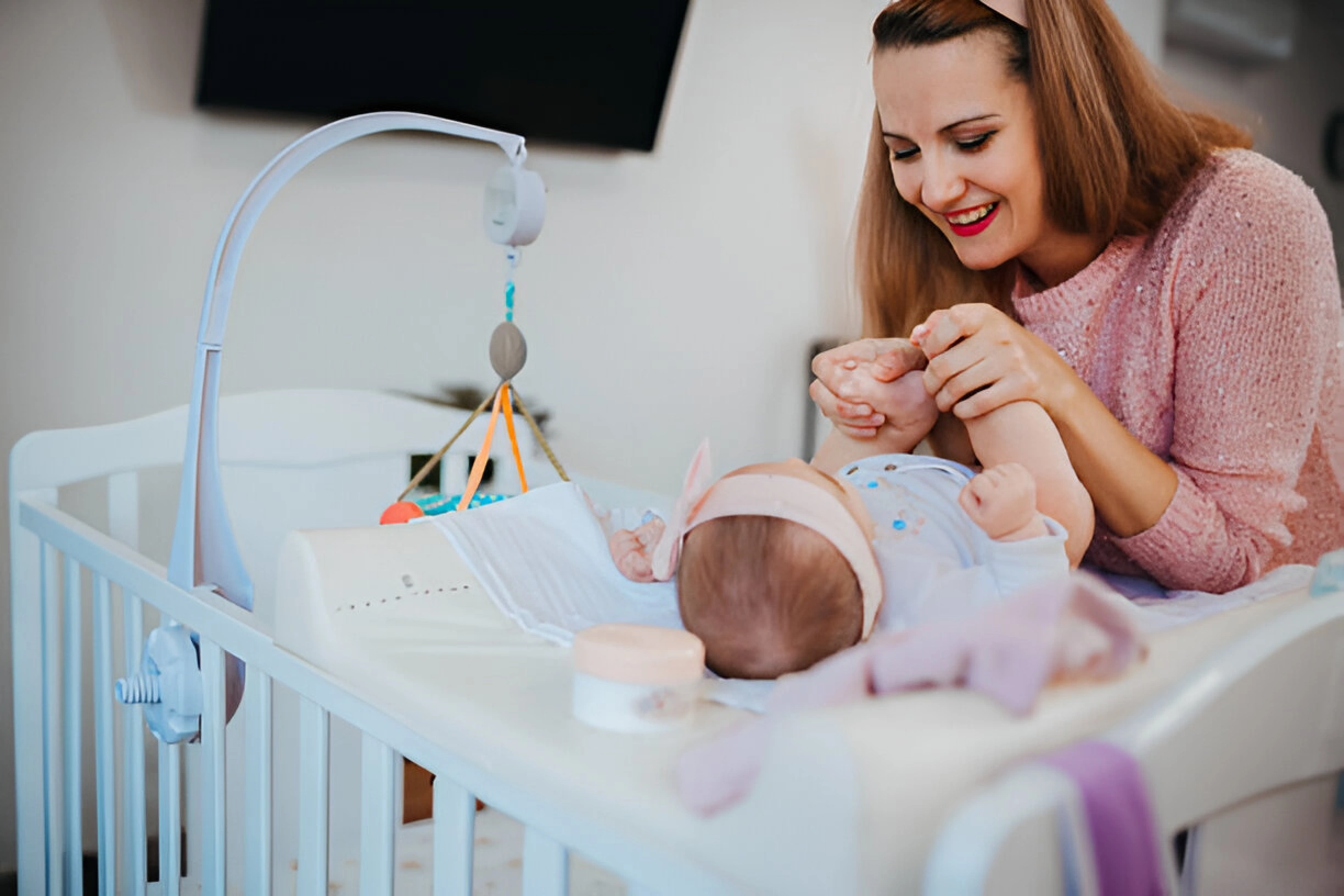
Usually, parents begin with a bassinet, which is then switched out for the crib. Making the switch and knowing how it changes is important in keeping safe sleep practices.
SIGNS YOUR BABY READY FOR THE CRIB
- When the baby outgrows (usually around 15 pounds): The maximum weight into which they do not recommend using the bassinet any longer.
- More moving around: If your baby is now flipping, a crib will provide more room to move, barely sitting up.
- Sleeping longer at night: A crib may be more comfortable and secure once your baby starts sleeping for longer stretches.
How to transition smoothly
- 1. Have a Slow Phase-In with the Crib: Implement naps in their cribs before moving them to sleep during nighttime hours.
- 2. Keep the Bedtime Routine Consistent: This will familiarize your baby with their new sleep surroundings.
- 3. Spread out the baby bedding: You won’t want to put your kid back into their sweet mini-bed on a plain-other-to-no place, so spot them in a similar crib sheet near where they sleep.
It may take a few weeks for your baby to adjust and feel comfortable, but by following these steps, infants will move from co-sleeping or cradles right into cribs seamlessly and safely.
Most Frequent Crib Safety Issues to Avoid
Parents, even with the best intentions, can get led into errors along with establishing their nursery. The following are the most frequent crib safety breaches and how you can prevent them:
1. Bumpers or Loose Bedding
Crib bumper and fluffy bedding may appear cute, but they are dangerous. The safest crib is essentially bare, with but a tight-fitting sheet on the mattress.
2. Misplacing the Crib
Ensure the crib is not located close to a window, and remove all cords from blinds or curtains nearby. Place your crib in a safe, open area of the room.
3. Neglect the Mattress Height
You’ll have to lower the mattress as your baby grows so they can’t climb out of the crib and fall. Lower your mattress when you see increased movement from your little one.
4. Using Outdated or Recalled Cribs
A crib may not meet current safety standards even if it looks sturdy. Always check if the crib has been recalled and ensure it meets modern safety guidelines.
5. Overcrowding the Crib
Toys, pillows or even extra blankets can all become a suffocation hazard. A safe crib is an empty or uncluttered one.
Avoiding these mistakes means creating a much safer sleep situation for your baby.
Conclusion
Everything about Safety in Your Nursery Begins with Crib Essence By adhering to infant crib safety pointers and maintaining up-to-date with the latest standards, your newborn can find a secure sleep environment.
Preventing sleep deaths, from picking the best crib to keeping your little one calm and hydrated, follow these steps for restful nights and a happy baby. Never miss the safety issue by getting aesthetic because a naked crib is always safer than one with many items. Follow these tips, and you will get your safe experienced in no time!
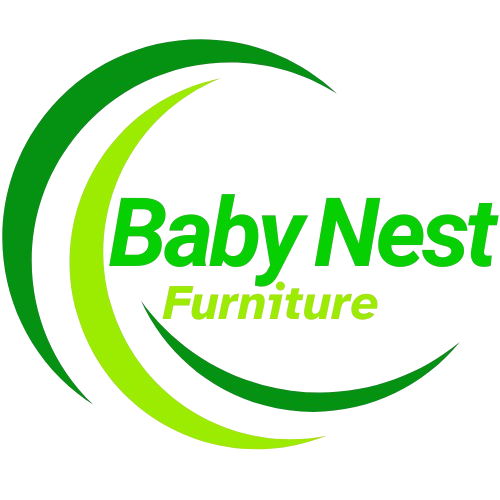

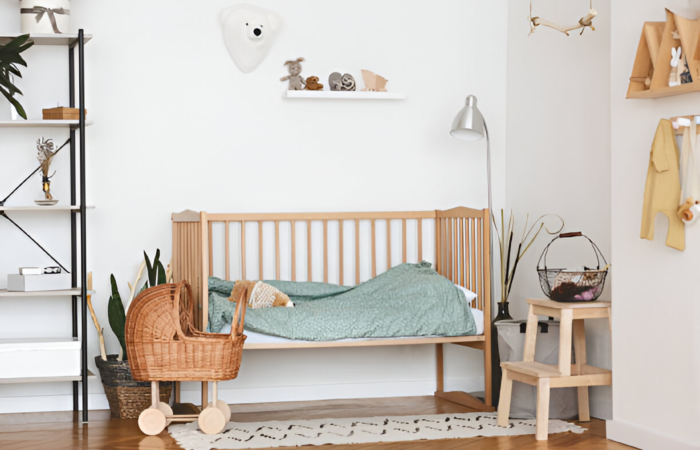
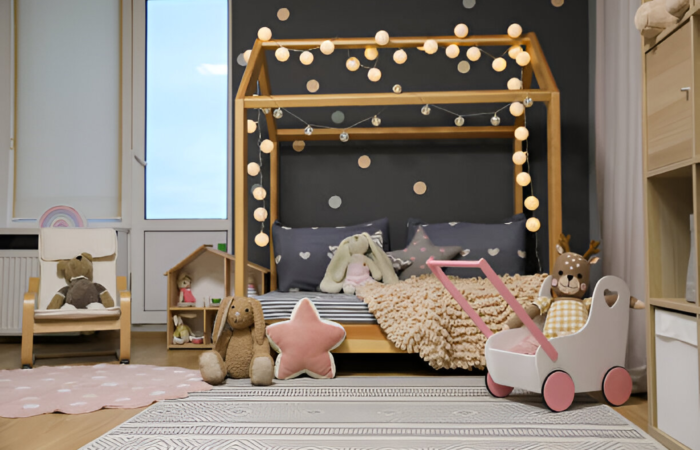




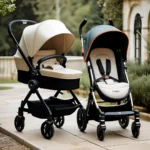
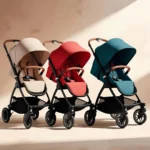
Leave Your Comment: